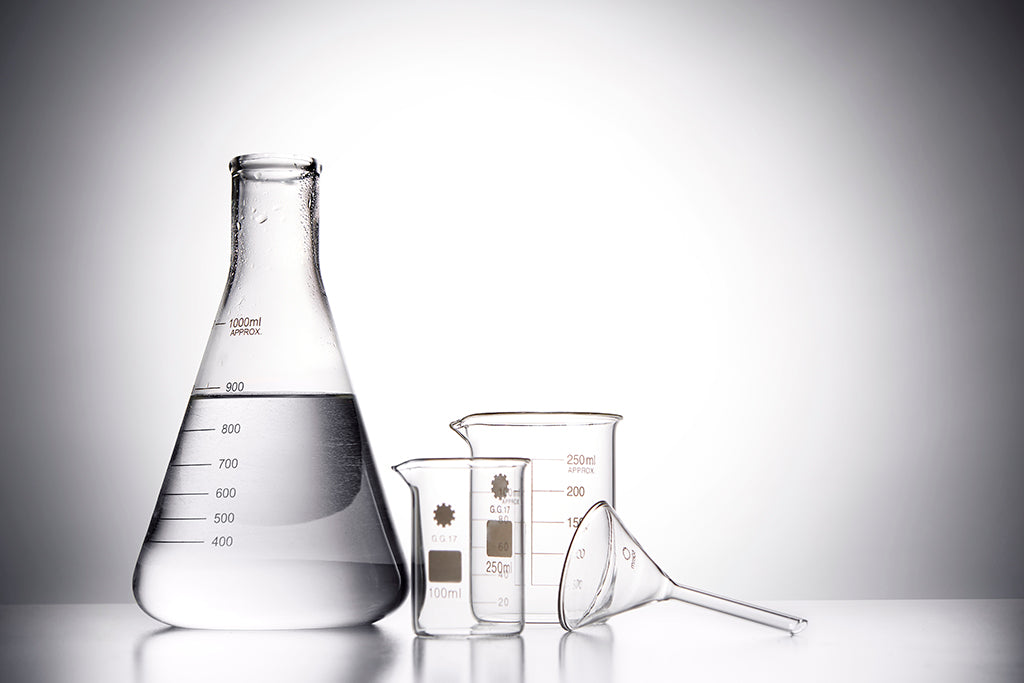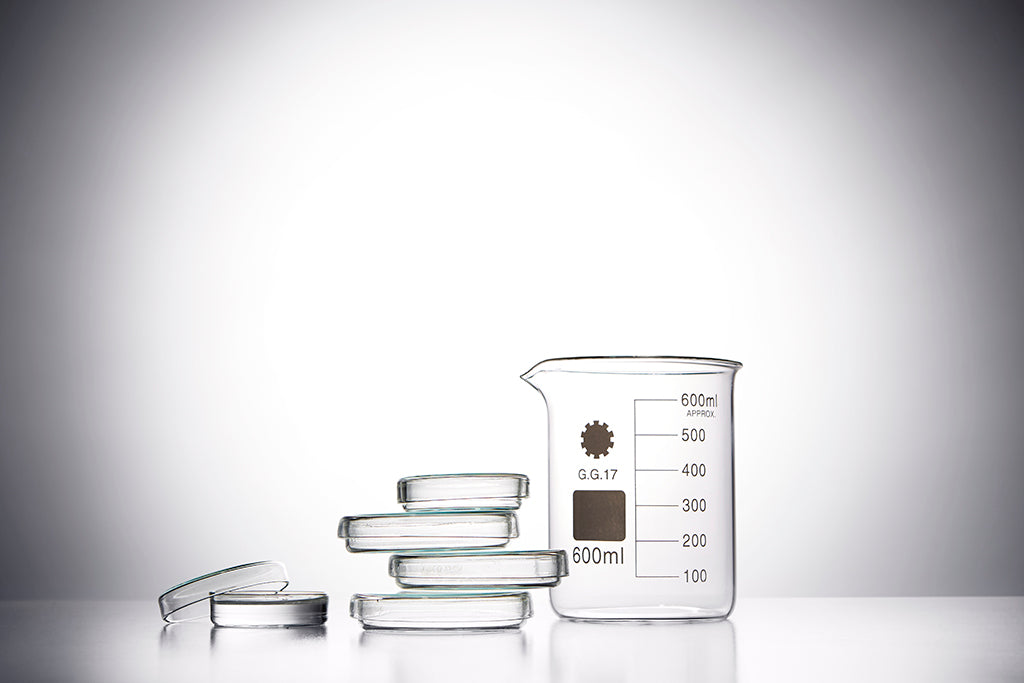Benefits of Hyaluronic Acid
When we think of hyaluronic acid, we immediately think ‘hydrating’. And while that is very true - hyaluronic acid is one of THE best ingredients for hydrating skin - it can improve your skin in so many more ways. Hyaluronic acid skincare is gentle yet potent and delivers a long list of benefits for skin.
What is hyaluronic acid?
Hyaluronic acid (HA) is vital for keeping our skin hydrated and plump. It is a natural and powerful moisture-binding substance that attracts and preserves water in the skin to keep our skin tissues well lubricated and moist. Without hyaluronic acid, skin becomes dry and loses collagen and elastin, leading to wrinkles.
What makes hyaluronic acid such a great hydrating ingredient is its ability to absorb 1,000 times its own weight in water. While HA is found naturally in the body, as we age we stop producing enough to keep skin looking youthful and plump.
Just one gram of hyaluronic acid can hold up to six litres of water.

Hyaluronic acid skin benefits
Hydrates skin
Hyaluronic acid draws moisture to the skin and retains moisture in the skin. High levels of hyaluronic acid help improve the skin’s ability to bounce back from the daily loss of hydration.
Plumps and firms
Hyaluronic acid gives skin the plumpness and strength it needs to ward off the loss of moisture that we undergo every single day. Plus, it balances the skin's natural renewal process to reduce fine lines and wrinkles.
Boosts collagen production
Another key benefit is hyaluronic acid’s ability to improve collagen production, which helps prevent unnecessary wrinkles, improve skin tone, and leave skin hydrated, smooth and younger-looking. Collagen is the main building block of the skin; as it declines, our skin becomes thin and papery. Without its continual renewal, our skin looks tired and becomes more susceptible to ageing and dehydration. Hyaluronic acid is needed to produce collagen and bind it to elastin (the fibres that give your skin its stretch and suppleness).
Improves the skin barrier
Hyaluronic acid also improves the skin’s ability to put up a barrier to the outside world. Sunrays, stress, and other such factors are less impactful to skin with higher amounts of hyaluronic acid.
Hyaluronic acid offers natural repair to sun exposure and protects the skin by scavenging reactive oxygen species that are generated by UV rays. This, in turn, reduces the likelihood of dark spots from developing. However, using HA is not a substitute for using UV protection. A good sunscreen must be a part of your daily skincare routine.
It’s suitable for all skin types
One of the top benefits for this amazing skincare ingredient is its ability to work with any and all skin types. This is because HA is a compound that is naturally produced by our bodies, so we are not introducing into our skin anything that is foreign and may irritate or disrupt the skin's normal processes. In other words, you never have to worry about it not working with or complementing your skin. If you have oily, overly dry, or normal skin you can thoroughly benefit from hyaluronic acid.
Why you need to add hyaluronic acid into your skincare routine
Our bodies naturally produce hyaluronic acid, so why do we need to supplement it with hyaluronic acid in our skincare? Interestingly, it is not that our skin becomes drier as we age, it is simply that the natural ageing process combined with other environmental aggressors like sun exposure and pollution can decrease the amount of HA in the skin. And without sufficient levels, lines and wrinkles start to appear.

Different types of hyaluronic acid
Not all hyaluronic acid skincare is created equal. To work properly and produce the best possible results, hyaluronic acid must be delivered onto the skin in sufficient amounts and with the right molecular structure.
Knowing the molecular weight of the HA used in your hyaluronic acid skincare is all-important. Hyaluronic acid comes in high and low molecular weight molecules:
- High molecular HA cannot penetrate the skin: it sits on top of the skin and attracts moisture, which is useful, but it is not going to smooth out wrinkles from the bottom up.
- Low molecular weight HA is made up of tiny molecules that penetrate the skin and has the ability to hold and bind the same amount of moisture in the skin as its higher molecule weight cousin.
Without getting too technical, new cells are formed in the epidermal stem cells (basal layer of the skin), and then start their journey through the skin to finish off as part of the epidermis, or top layer of the skin. By nourishing these “baby” cells with low molecular HA we restore youthful skin function. So to get the best results it is very important to use a product that contains low molecular weight HA. Even better, look for serums that contain both low and high molecular weight HA for optimal hydration.
HydroSkin Hyaluronic Acid Serum is formulated with high molecular HA to draw moisture to the skin’s surface, and a low molecular weight HA known as miniHA™ to deliver essential hydration deeper below the skin's surface for a double dose of intense hydration. The result is hydrated, plump skin from the inside out.
WATCH HOW TO APPLY HYALURONIC ACID SERUM















